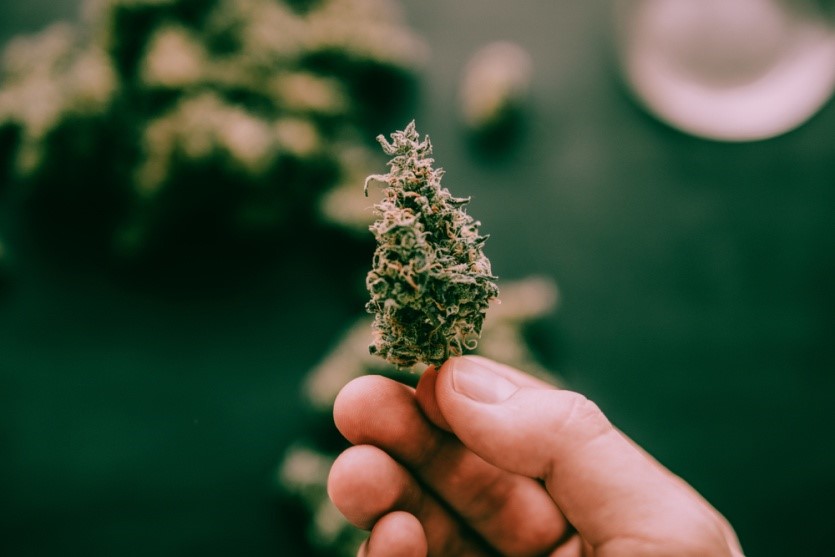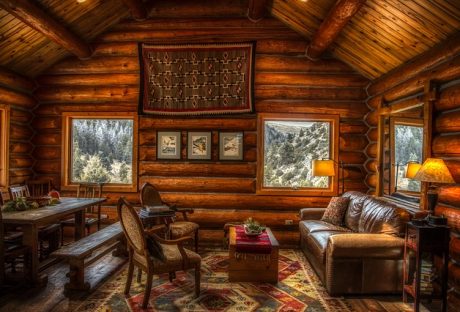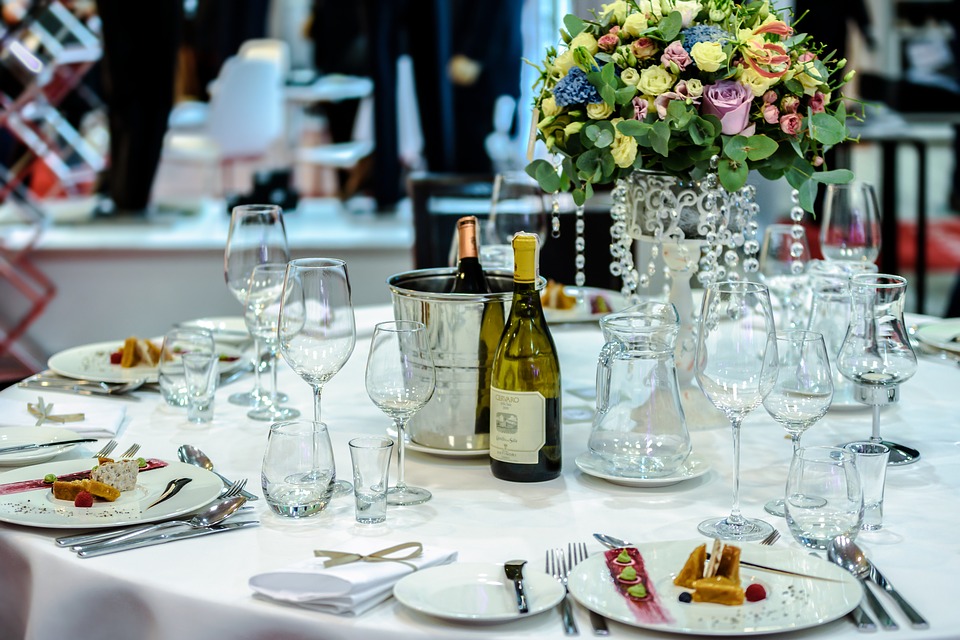In the U.S., the Federal Government’s continued prohibition of psychoactive cannabis ensures that each state has its own discrete cannabis industry, with its own cannabis growers and its own dispensaries utterly disparate from those in other states.
Yet, even so, you can walk into any pot shop — from a Nevada dispensary to a Michigan provisioning center — and find strains of the same name. What gives?
Some strains are so popular that they have spread to all corners of the world, despite prohibitions and bans. Here are a few of those strains and the stories behind them.
OG Kush
One of the most legendary strains to come out of the West at the end of the 20th century, OG Kush was created when a Florida grower found a California strain and crossed it with some fascinating genetics from around the world, to include a Thai sativa, an Afghan landrace and a few legendary American strains straight out of the ‘60s. OG Kush continues to promise a high THC content, which is why so many breeders continue to use its genetics to breed new strains today.
Wedding Cake
Wedding Cake is one of those strain names that seems to be attributed to many different strains, which has resulted in quite a bit of confusion regarding its flavors and effects. The original Wedding Cake comes from Los Angeles, where breeders crossed a couple random strains and to create something brand new, with pink and purple coloration and a strong vanilla aroma. Because Wedding Cake has relatively unique observable traits, breeders often incorporate its genetics into new strains they are developing.
Durban Poison
Despite being one of the oldest sativa strains, Durban Poison remains among the most popular. According to legend, Durban Poison was first bred in South Africa, in the populous city of Durban. In the 1970s, Holland cannabis collectors took the strain’s seeds back home and crossed them with local varieties of skunk. The result is a strain that most everyone enjoys and which you can find traces of in many strains in most dispensaries.
Jack Herer
Once known as the Emperor of Hemp, Jack Herer was one of the most important cannabis rights activists in the 20th century. Accordingly, one of the most beloved sativa strains was named in his honor by Dutch growers in the mid-1990s. At the time, the strain was easily the most richly complex cannabis of its kind, with layers of flavors and aromas to tantalize the senses, and it has inspired a new generation of growers to create similarly delectable strains.
Chemdawg
Like so many tales of cannabis culture in the U.S., the story of Chemdawg is closely tied with the rise of the Grateful Dead. During an early ‘90s tour, a group of Colorado cannabis aficionados brought their bud along for the journey, sharing it with fellow Dead Heads along the way. Though the strain didn’t have a name at the start of the tour, it did by the end thanks to its chemical-diesel aroma and taste. Since then, this beloved strain has spread around the world, lending its genes to a handful of other iconic strains, to include OG Kush.
Blue Dream
Blue Dream is one of the first medical cannabis strains ever created, and it remains a favorite amongst MMJ patients. Initially called Azure Haze, Blue Dream began life as a product of breeding Silver Haze and Blueberry. Despite its name, the strain strikes a near perfect balance between indica and sativa, alleviating pain and relaxing muscles without fogging the mind.
G13
The story goes that G13 is the product of a government cannabis breeding program to develop the dankest weed for legally dubious experimentation — a la MK-Ultra. However, the truth is much more banal: In the 1960s, the government confiscated weed from a prolific cannabis breeder, and G13 was one of the strains taken in the raid. From there, someone smuggled G13 back out to the public, where it gained a wild and memorable reputation thanks to exceedingly high THC content.
Northern Lights
There is an almost uncountable number of varieties of Northern Lights. The very first Northern Lights comes rather mysteriously from the Seattle area, allegedly on one of the San Juan Islands, where breeders placed 11 sprouts in the ground and culled them until they found the best. As it turns out, the fifth sprout was favored, so Northern Lights #5 was named. Like so many other famous strains, Northern Lights made its way to Holland, where its genetics blurred with local strains. Northern Lights #5 remains a fan favorite, though other Northern Lights strains might be worth trying.
Read Also:






















